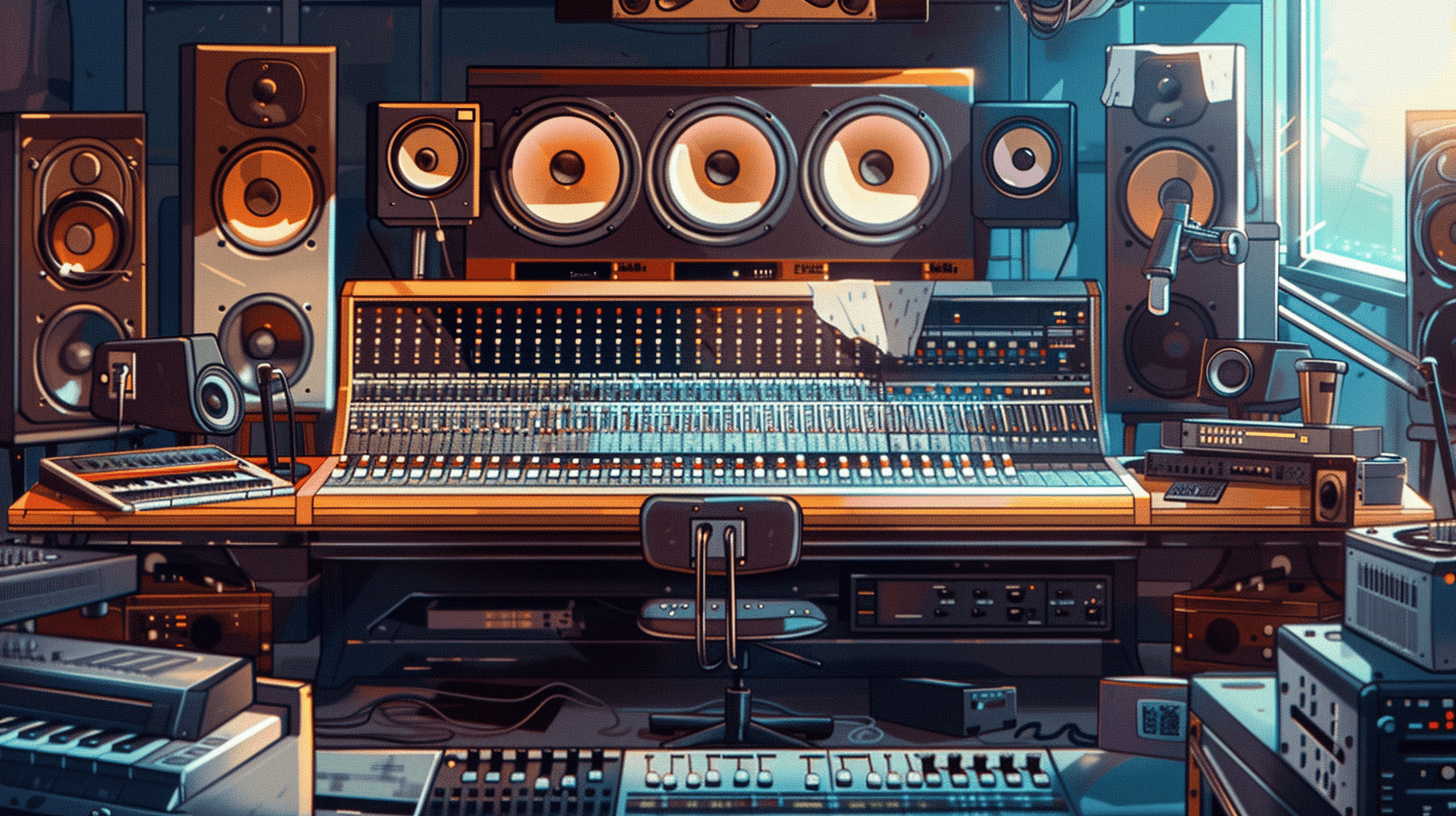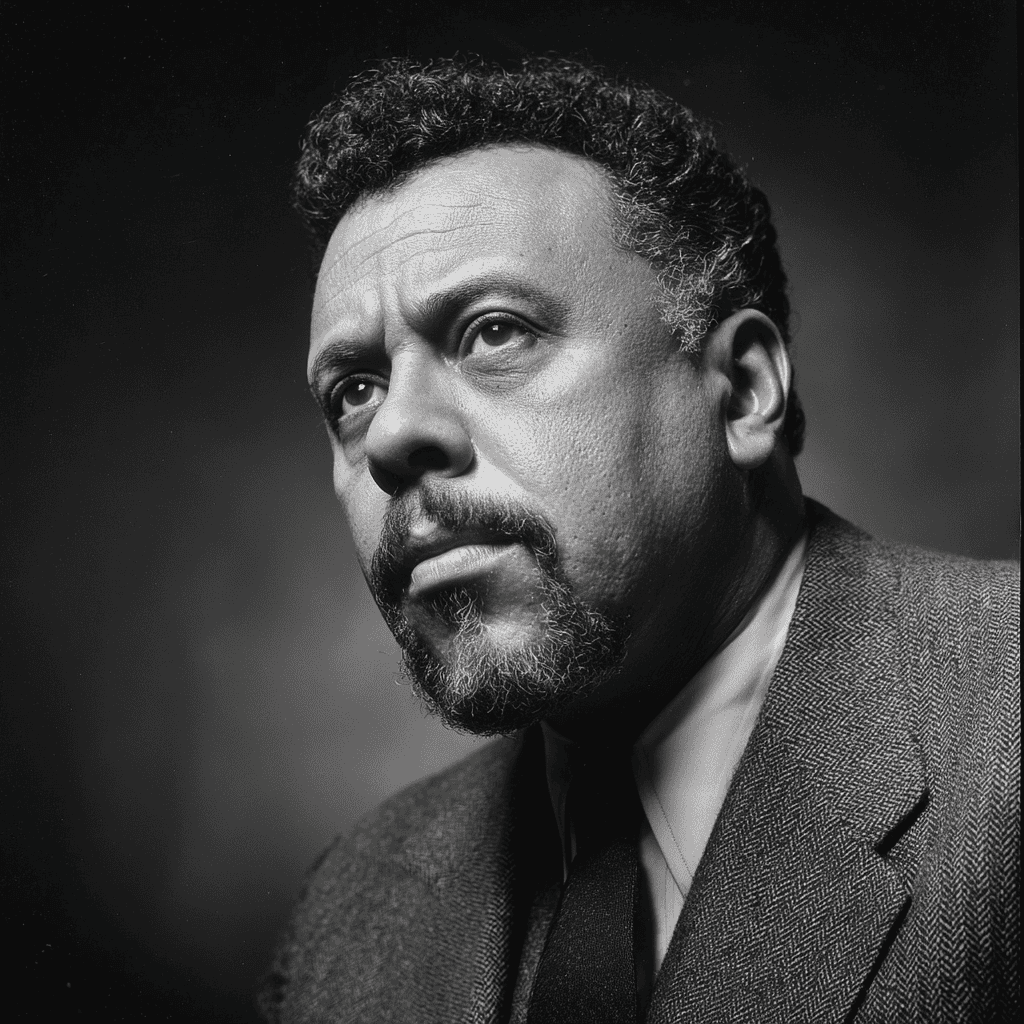The Evolution of Film Music: From Silent Films to StreamingWhy Film Music Evolution MattersThe Silent Film Era: Music as the Voice of EmotionLive Musical Accompaniment and Its ChallengesThe Role of Musical Themes and ConventionsThe Birth of Sound: Synchronization and the TalkiesThe Jazz Singer and the Sound RevolutionEarly Sound Film Scoring TechniquesThe Golden Age of Hollywood:…
Continue Reading The Evolution of Film Music: From Silent Films to Streaming
Mixing on Headphones vs Studio Monitors: Pros and ConsWhy Your Monitoring Choice MattersThe Role of Monitoring in the Mixing ProcessWhat Accurate Monitoring ProvidesThe Translation ProblemMixing on Headphones: Precision and PortabilityAdvantages of Headphone MixingPopular Mixing HeadphonesLimitations and ChallengesBest Practices for Headphone MixingMixing on Studio Monitors: The Professional StandardAdvantages of Monitor MixingPopular Studio MonitorsLimitations and ChallengesBest Practices…
Continue Reading Mixing on Headphones vs Studio Monitors: Pros and Cons
How Minimalism Changed Modern Composition: Glass, Reich & AdamsWhy Minimalism’s Impact on Composition MattersThe Origins of Minimalism: Reacting Against ComplexityThe Serialist ContextEarly Minimalist PioneersPhilosophical UnderpinningsSteve Reich: The Pulse of PrecisionPhasing and Process MusicDrumming and Rhythmic ExplorationMusic for 18 Musicians: The BreakthroughLater Works and Continued EvolutionPhilip Glass: The Architect of Sonic SpaceEarly Minimalist WorksEinstein on the…
Continue Reading How Minimalism Changed Modern Composition: Glass, Reich & Adams
Forgotten Romantic Composers Worth DiscoveringWhy Discovering Forgotten Composers MattersLouise Farrenc (1804–1875): Symphonic PioneerMusical Achievements and StyleProfessional Recognition and ObstaclesJoachim Raff (1822–1882): The Forest SymphonistMusical Style and InnovationsWhy Raff Was ForgottenEmilie Mayer (1812–1883): The “Female Beethoven”Symphonic AchievementsContemporary Success and Historical ErasureHans Rott (1858–1884): Tragic VisionaryThe Symphony in E MajorMental Illness and Early DeathAlexander von Zemlinsky (1871–1942):…
Continue Reading Forgotten Romantic Composers Worth Discovering
Women in Jazz: From Mary Lou Williams to Esperanza SpaldingWhy Women’s Jazz History MattersMary Lou Williams: The First Lady of JazzEarly Career and the Swing EraContributions Beyond PerformanceLater Career and Spiritual EvolutionThe Swing and Bebop Eras: Women Breaking BarriersPioneering Instrumentalists and ArrangersThe Vocalist TraditionAll-Women Bands and Gender SegregationThe 1960s–1980s: Redefining PossibilitiesAlice Coltrane: Spiritual VisionaryCarla Bley:…
Continue Reading Women in Jazz: From Mary Lou Williams to Esperanza Spalding
The Influence of African Rhythms on Western Classical MusicWhy African Rhythmic Influence on Classical Music MattersRoots of Rhythm: The African Musical FoundationCore Characteristics of African Rhythmic TraditionsThe Communal Nature of African Musical PerformanceEarly Encounters: Rhythm Enters the Concert HallImpressionism and Rhythmic FlexibilityAmerican Composers and Afro-Diasporic MusicEarly 20th Century Rhythmic RevolutionModernism and the African PulseStravinsky and…
Continue Reading The Influence of African Rhythms on Western Classical Music
The Life and Music of Charles Mingus: Jazz Revolutionary and Uncompromising ArtistEarly Life and Musical Formation (1922-1945)Los Angeles Roots and Cultural ContextFamily Dynamics and Early TraumaMusical Education and DevelopmentEarly Professional ExperienceThe Bebop Years and Finding His Voice (1945-1955)New York Arrival and Bebop ImmersionDebut Records and Artistic IndependenceCompositional DevelopmentThe Jazz Workshop Era and Creative Peak (1955-1965)The…
The Life and Music of Duke Ellington: America’s Greatest Jazz ComposerEarly Life and Cultural Formation (1899-1923)Washington, D.C. RootsMusical Education and Early InfluencesThe Birth of “Duke”First Professional StepsThe New York Journey and Cotton Club Era (1923-1931)Migration to HarlemThe Washingtonians and Early SuccessCotton Club ResidencyKey Musicians of the Early OrchestraMusical Evolution and Artistic Maturity (1931-1945)Beyond Dance MusicThe…
The Life and Music of Paul Hindemith: Master Craftsman of 20th Century Classical MusicEarly Life and Musical Formation (1895-1920)Childhood and Family BackgroundEarly Musical TrainingProfessional BeginningsThe Revolutionary Years: Weimar Republic and Rise to Prominence (1920-1933)Breaking with TraditionThe Amar-Hindemith QuartetTheoretical Development and GebrauchsmusikMajor Works of the Weimar PeriodConflict with the Nazi Regime and Exile (1933-1940)The Political ClimateThe…
The Rise of Korean Classical ComposersWhy Korean Composers’ Rise MattersFrom Imitation to Innovation: Historical ContextColonial Period and Western Music IntroductionPost-War Reconstruction and Educational InfrastructurePioneering Figures: Establishing Korean IdentityIsang Yun: Bridging East and WestHaupttontechnik: Yun’s Compositional MethodLegacy and InfluenceUnsuk Chin: Architect of Modern SoundEducation and Early DevelopmentMajor Works and International RecognitionCompositional CharacteristicsThe New Generation: Diverse Voices…
Music Analysis 101: How to Break Down a Song Like a ProWhy Music Analysis Matters: The Benefits of Deep ListeningPractical Benefits of Analytical ListeningThe Bridge Between Intuition and UnderstandingStep 1: Start with the Big Picture—Context and First ImpressionsInitial Listening QuestionsWhy Context MattersMultiple Listening PassesStep 2: Identify Song Structure and FormCommon Song FormsMapping the StructureRecognizing Structural…
Continue Reading Music Analysis 101: How to Break Down a Song Like a Pro
Exploring Counterpoint in Modern CompositionWhat Is Counterpoint? The Fundamental ConceptThe Essential CharacteristicsHistorical Context and EvolutionSpecies Counterpoint: The Traditional PedagogyWhy Counterpoint Still Matters in Modern CompositionFundamental Reasons for Contemporary RelevanceThe Human Appeal of PolyphonyCounterpoint in 20th and 21st Century MusicNeoclassicism and Contrapuntal RevivalCounterpoint in Atonality and SerialismMinimalism and Process CounterpointJazz and Improvisational CounterpointEthnic and Folk-Influenced CounterpointCounterpoint…
Continue Reading Exploring Counterpoint in Modern Composition











